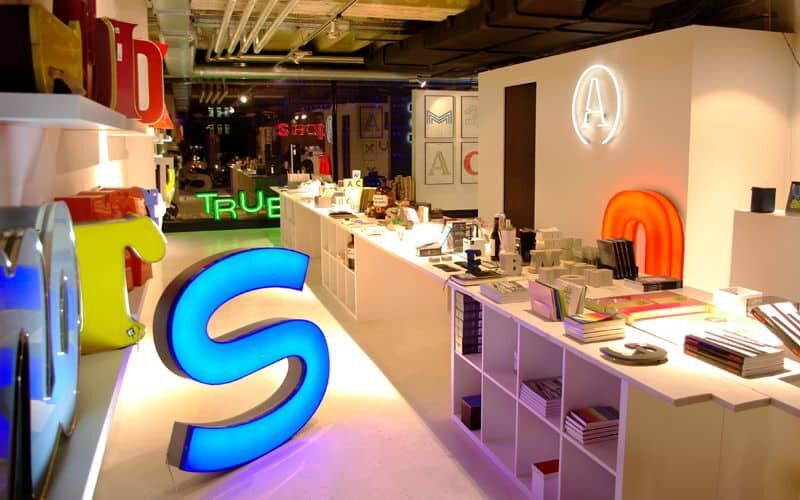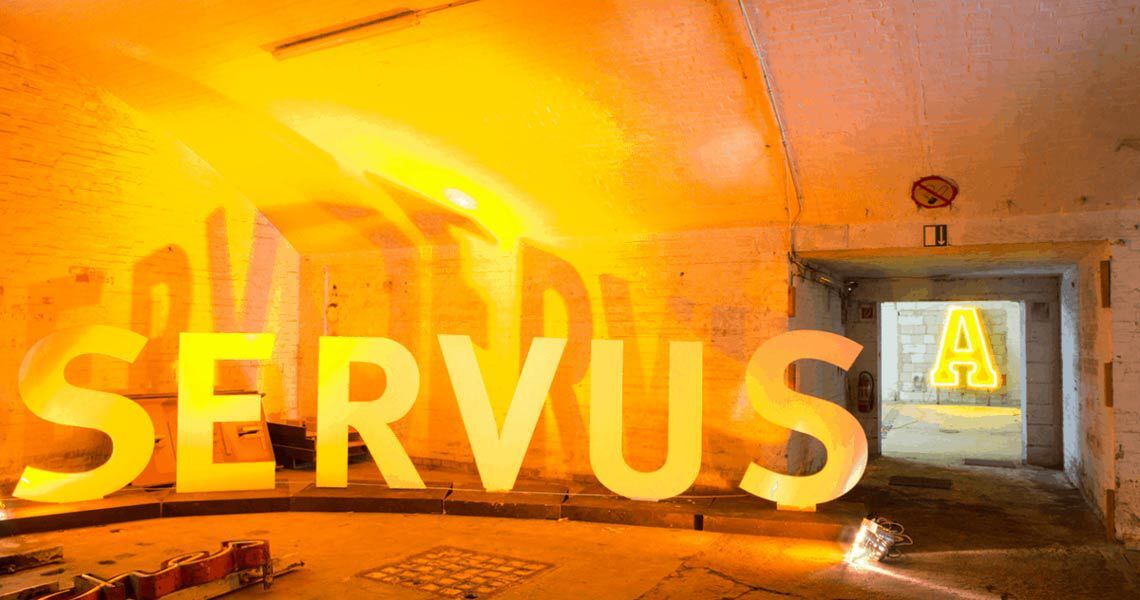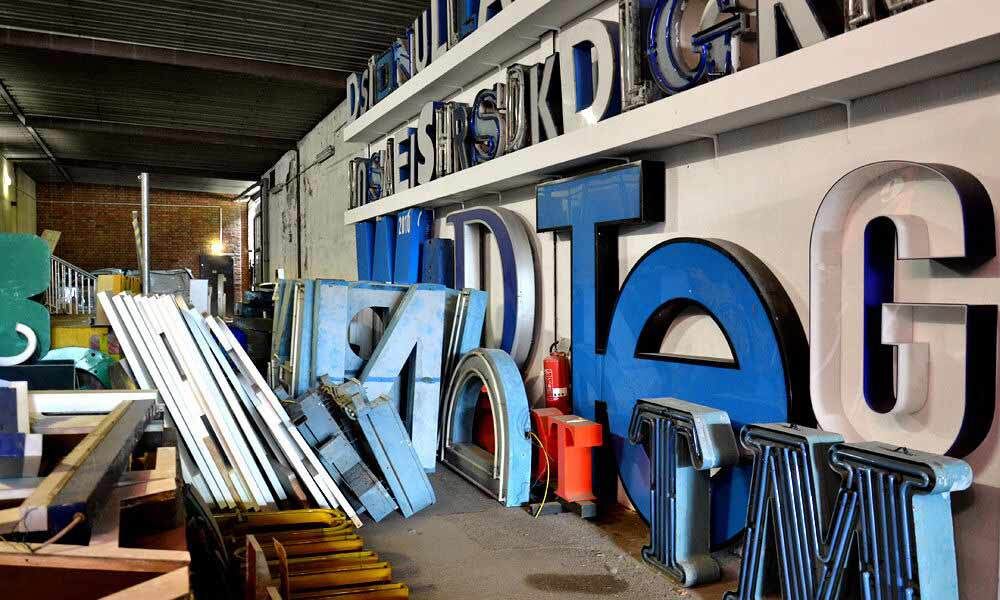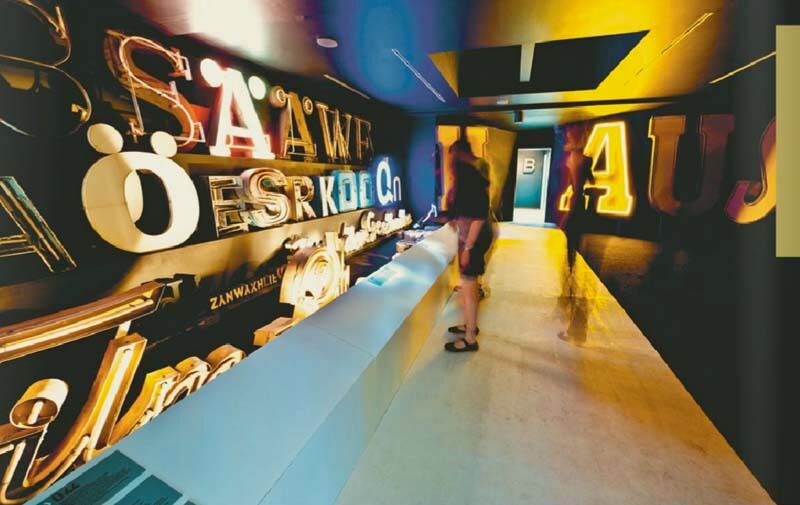The Museum of volumetric letters is one of the world’s most unique museums located in Berlin. Today, there are more than 500 outdoor advertisements in Buchstabenmuseum. The letters have become useless due to some reasons. For example, companies decide to eliminate old advertisements because the fonts need to be replaced by more trendy ones, a new advertising campaign begins, or the old constructions stop functioning correctly. The exhibition of worn-out and old letters is a unique tribute to the work of architects and designers because the creation of each letter takes a lot of time and effort. In the end, the outdoor advertisement becomes an inseparable part of the city’s living history. The story of each of the three-dimensional letters in the Berlin museum is touching and sometimes unbelievable.
The museum was founded in 2005 by museum worker Anja Schulz and designer Barbara Dechant who looked for unique exhibits across Berlin for years. To their surprise, useless constructions were found almost everywhere. Passers-by found abandoned letters on the streets, among garbage dumps and in the ruins of old buildings. Sometimes, the museum's founder had to “hunt” for the letters in the rivers.
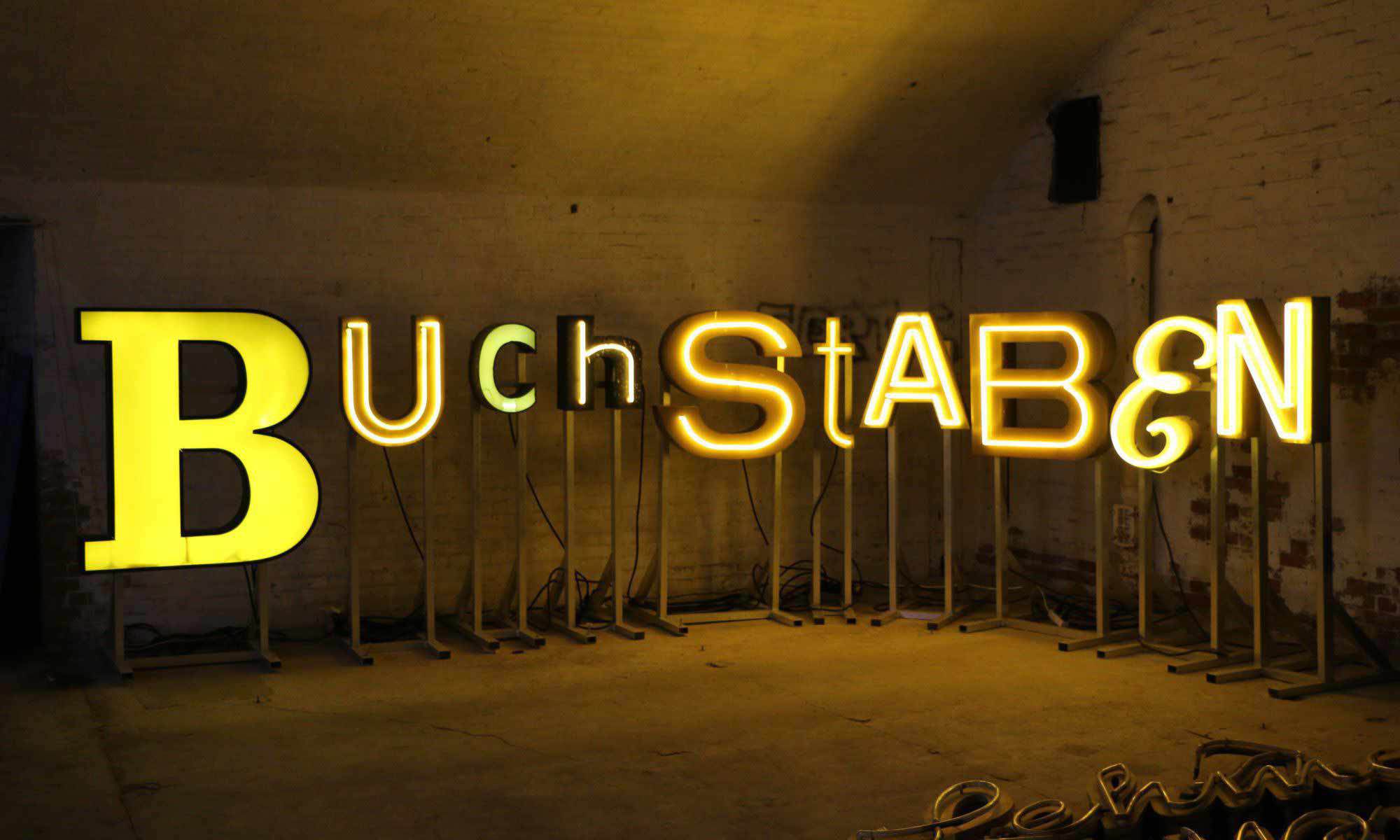
The museum's main rooms have black walls because the beauty of the letters can genuinely be seen at night when the LED lights are turned on. However, there are some bright rooms where the letters are classified according to colours: yellow, blue, red.
The most famous Ziefische sign in the museum is translated from German as “Aquarium fish”. The sign belonged to a zoo store and has been preserved since the 1980s. In this museum, you will find the original sign with bright yellow neon signs and see the architectural drawings of its author Manfred Gensicke.
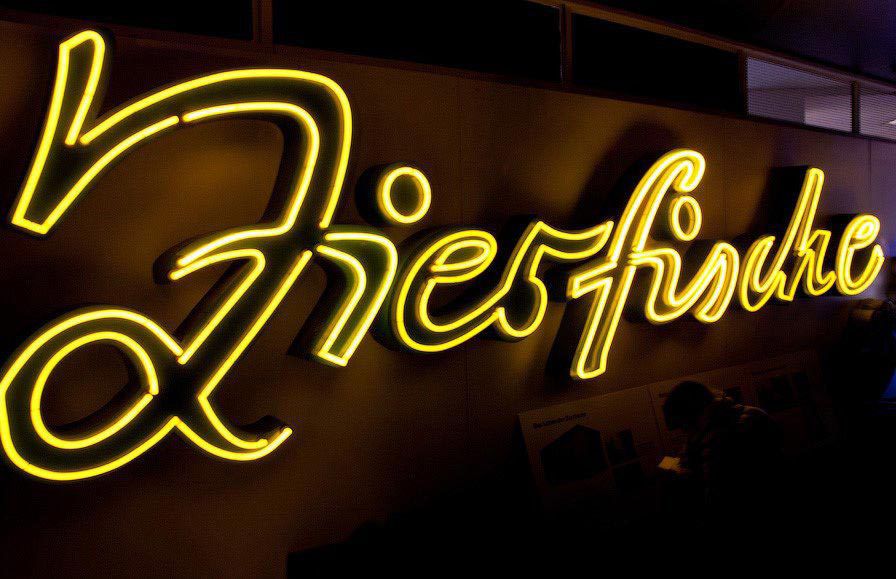
Another heart-warming story is about the bankruptcy of the well-known German department store Hertie. In 2009, the company’s employees decided to riot calmly and sink the large red letters in the river. Learning about that, Anja and Barbara decided to “hunt” and pulled out of the water. Today, the sign occupies its honourable place among museum exhibits.
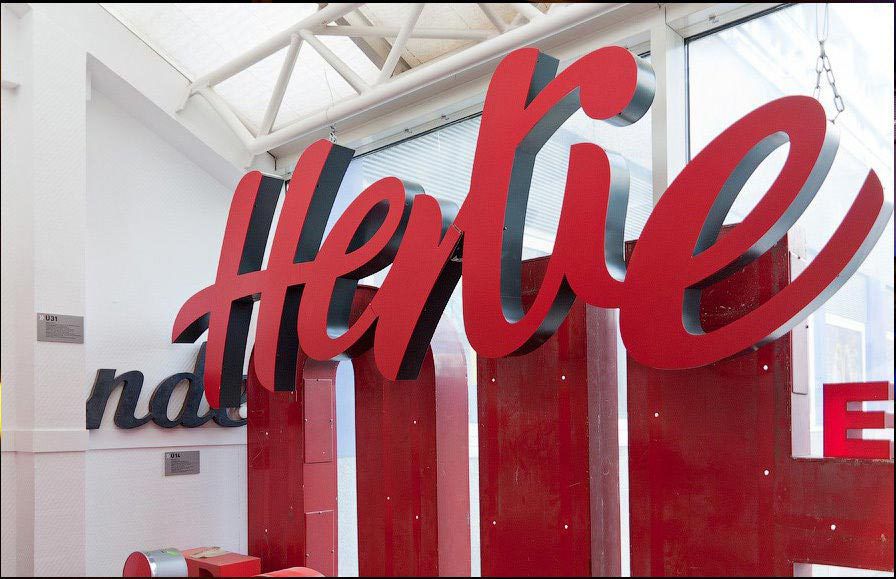
The oldest outdoor advertisement is the Lederwaren (Germ. Leather stuff), created in 1947. The neon W letter was restored in the frames of graduation field studies by students of a famous Berlin university. The majority of the exhibits are in their original form. However, many dismantled signs demonstrate the structure and manufacturing techniques of signs from the past.
Photo source: https://www.buchstabenmuseum.de/en/

